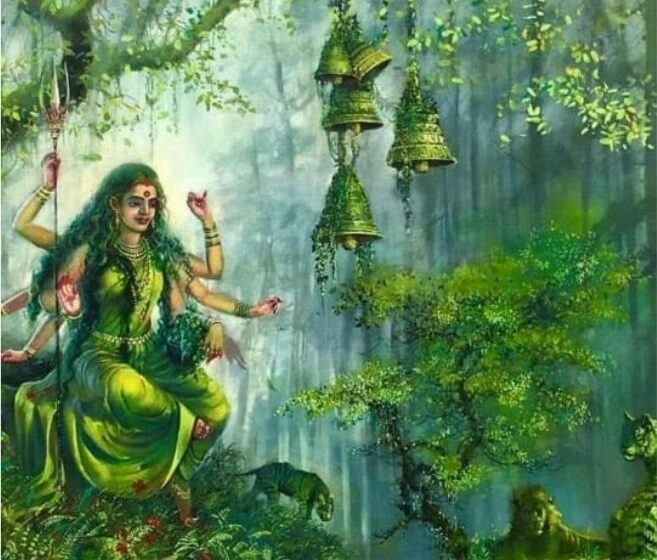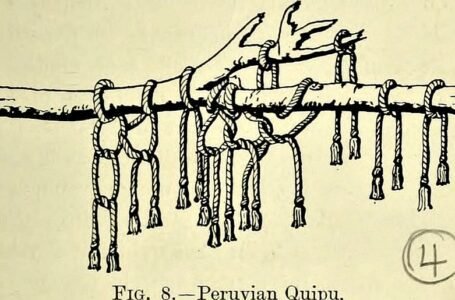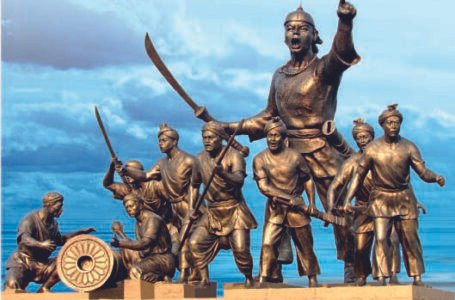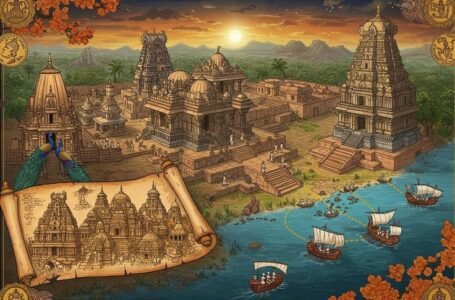Are Tribal Gods and Hindu Gods the same? A deep dive into their evolution, similarities, and differences

-Muskaan
India has a rich history of multiple religions, beliefs, customs and rituals. In this diverse nation, diversity exists in worship also. While it is prominent as a Hindu nation, communities have their worship systems, where they have their tribal Gods. Tribal Gods are the folk deities that have spiritual and cultural importance among communities. These deities embed moral values, rituals, and lifestyle into a community. On the other hand, Hindu deities are Gods and Goddesses such as Ganesha, Krishna, Lakshmi, and Parvati representing and guiding various life aspects. The deity avatars such as Brahma, Vishnu, and Shiva represent the infinite circle of creation, preservation, and destruction. While tribal and Hindu communities have their distinct Gods and belief systems, they are still merged in many aspects.
Evolution:
The evolution of Gods in India lies in nature. The Gods are connected to nature and nature is worshipped. Some tribal religions of India such as Bhils, Gonds, and Todas, emerged from practices embedded in nature, ancestors, rivers, and animals. Some goddesses like Khamakhya, and Bans-Mata originally belonged to tribal contexts and were later identified with Hindu Shakti forms, often preserved as stones under trees. Major Hindu gods, especially Shiva (the destroyer), and Vishnu (the preserver), assimilate numerous regional and tribal deities. Temples like Jagannath in Odisha originated from tribal contexts and later acquired Brahmanical recognition.
Similarities between Tribal and Hindu Gods:
In India, the tribal beliefs and the Hindu customs coexist. The local festivals, offering styles, and priests exist with an integration into broader rituals. The major festivals like Navratri, Dussehra, and Diwali are celebrated with a tribal touch. This coexistence also lies in literary contexts. The folk epic Manasa Mangal narrates how tribal snake goddess Manasa, worshipped in Bengal and eastern India, challenged Brahminical society. It ultimately became a part of the Hindu pantheon.
This coexistence also existed during Royal times when Hindu rulers adopted tribal deities, built temples, and gave tribal gods a state‑level status while keeping indigenous elements intact. In Tripura, the tribal God Chaturdasa Devta (fourteen Deities) were assimilated into Shaivism while retaining tribal roots with festival formats like Kharchi Puja.
Both tribal and Hindu systems are rooted in nature like forests, rivers, trees, and sacred animals like the tiger, snake, and buffalo. Hindu deities also represent these motifs, Durga with a tiger, Naga worship, and Vishnu’s avatars like Varaha. Similarly, tribal goddesses safeguard harvest, fertility, and illness prevention. The parallel roles appear in Hindu goddesses like Shitala, Ayyappa, and Ponni. Both traditions accept many gods to serve ecological, ancestral, social or cosmic functions.
The formative stages of Hinduism carry a tribal imprint. These tribal elements shape early Vedic and Puranic traditions. The cave art of pre-Harappa with its symbols and mother‑goddess triangles appeared in Durga portrayal. The Vedas list many deities related to natural forces like fire, storm, and dawn. These deities later became vital in village and forest traditions with an overlap of tribal beliefs.
Differences between tribal and Hindu Gods:
Archaeological findings suggest tribal Gods date back to 10,000–8,000 BC. The symbols representing tribal gods later appear in classical Hindu worship. Similarly, Tantric practices originally emerging from tribes were later incorporated into the Hindu religion.
Tribal worship is offered in sacred groves or under trees, not in stone temples. Unlike idols, which are common in Hindu temples, deity images are carved into stones or pillars. Sacrifices of animals like goats, buffalo, or fowl remain central in many tribal rituals. Hindu rituals often discourage such animal sacrifices, but this practice is consistent in tribal communities alongside Hindu rites.
Tribal priests at Jagannath and Tripura continue their tribal rituals even when shrines are mainstream Hindu. Their caste and ritual contexts remain distinct. Tribal belief systems are like fluid. They are orally transmitted, tied to local events, and ecology. The Hindu belief system is standardised through literary texts such as the Vedas, and Puranas.
Tribal Adaptations into Hinduism:
Through a process of syncretism over the centuries, several tribal gods and symbols have been adapted into Hinduism. Jagannath of Odisha is a prominent example of such deities. Originally worshipped by tribal Savaras as a wooden deity, Jagannath was adapted as a form of Vishnu/Krishna in Hinduism. The rituals practised by tribal priests continue in the temple.
A sacred animal for many tribes like the Bhils and Gonds, the tiger, later became associated with the Hindu goddess Durga, who rides a tiger in Hindu portrayals. Similarly, spiritual and fertility tribal goddesses worshipped under sacred trees or stones were adapted into forms like Shakti or Parvati.
Similarly, nagas worshipped among tribes, were incorporated into Hinduism as semi-divine beings tied to Vishnu and Shiva. These adaptations reflect the reinterpretation of tribal gods into Hindu gods.
Research:
Some researchers argue that India’s original culture is based on a continuum where rather than isolation or dominance, tribal traditions and Hinduism co‑evolved and coexisted. The tribal imprints are mainstreamed in the Hindu religion through Iconography (pillars, animal vahanas), rituals (tantric magic, sacrifices), and folk festivals. While some tribal communities converted to Christianity or Islam, many retained their core rituals. Some communities retained their original rituals with external frameworks. In Odisha and Tripura, tribal communities still manage key rituals despite Brahminical oversight. This underscores the resilience of indigenous control and identity.
Conclusion:
The tribal gods are still worshipped within tribal communities in today’s time. Sometimes they are worshipped independently, and sometimes alongside Hindu gods. On the contrary, temples to Hindu gods like Jagannath are prominent and attract millions of devotees.
The tribal and Hindu Gods are both distinct and interwoven. Tribal deities emerge from nature, ancestors, mythology, and localised systems. Hinduism has absorbed its deities through narratives, temple systems, and avatars historically. While both share motifs in nature symbolism, protection, fertility and pluralism, key differences exist in ritual style, identity, and oral vs textual transmission of belief systems.


